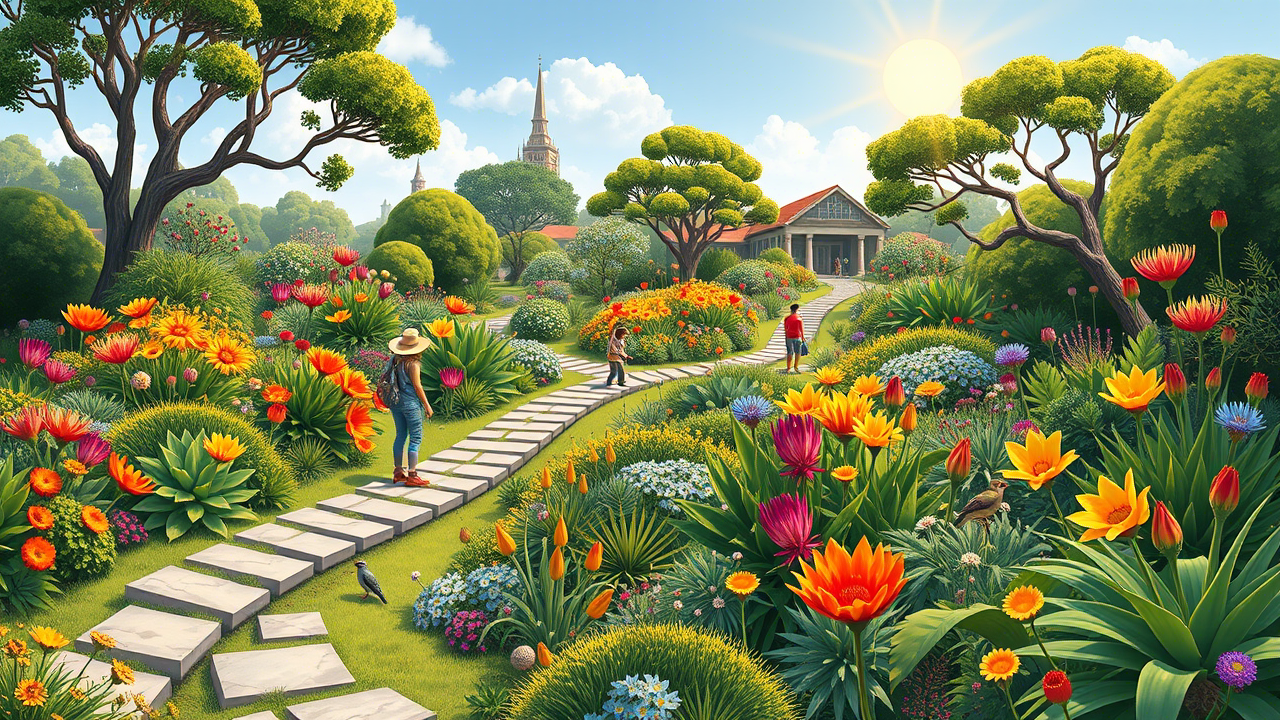Australia is… weird. In the best way. Our plants grow upside down, sideways, and sometimes straight out of solid rock. That’s not a metaphor. That’s just the bush.
Designing a garden with native Australian plants is not just about drought resistance (though your water bill will throw a party). It’s about celebrating something ancient, wild, and… kind of stubborn. Like the land itself.
Let’s dig into 20+ Aussie garden ideas that don’t just “use natives,” they worship them.
1. The Bush Block That Says “Don’t Touch Me”
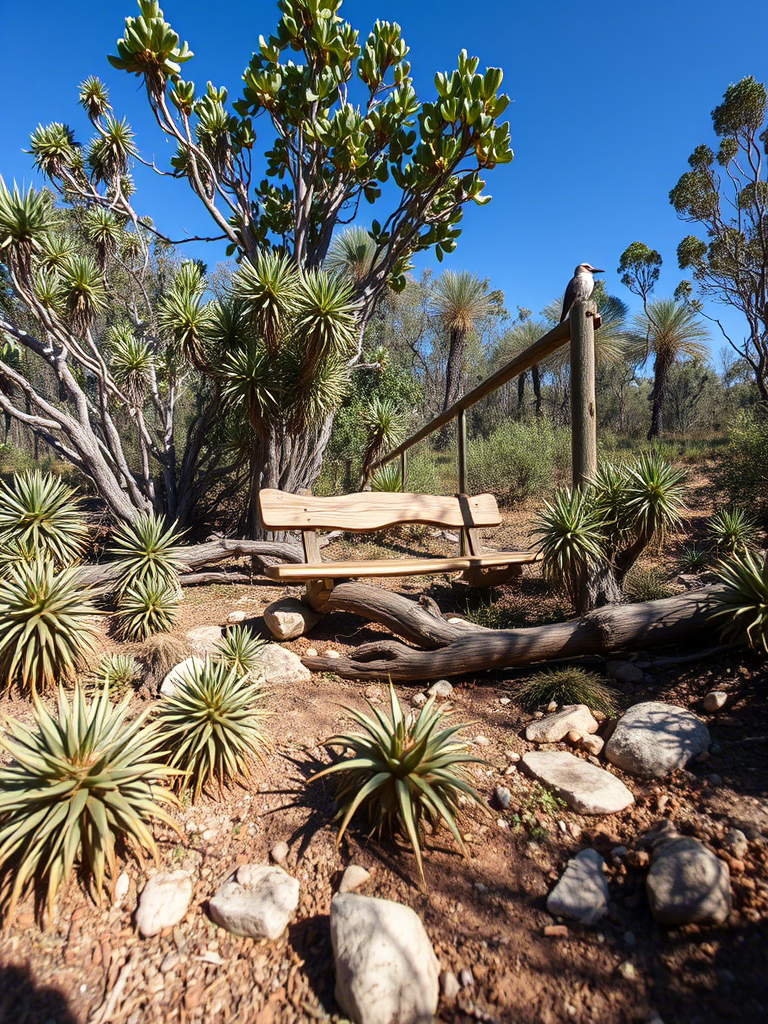
Some folks clear land like they’re mad at it. Others let it speak.
The classic bush block garden doesn’t even look designed at first glance. That’s the magic. Twisted eucalypts, stringybark, banksias, melaleucas all just… there. Messy, glorious chaos.
But look closer. There’s a worn path. A rustic bench under a ghost gum. Maybe a rusted water tank-turned-planter sprouting kangaroo paws. You didn’t build a garden. You revealed it.
And no, you don’t mow anything. That’s illegal here. (Kidding, sort of.)
2. Coastal Vibes, Without the Lawn
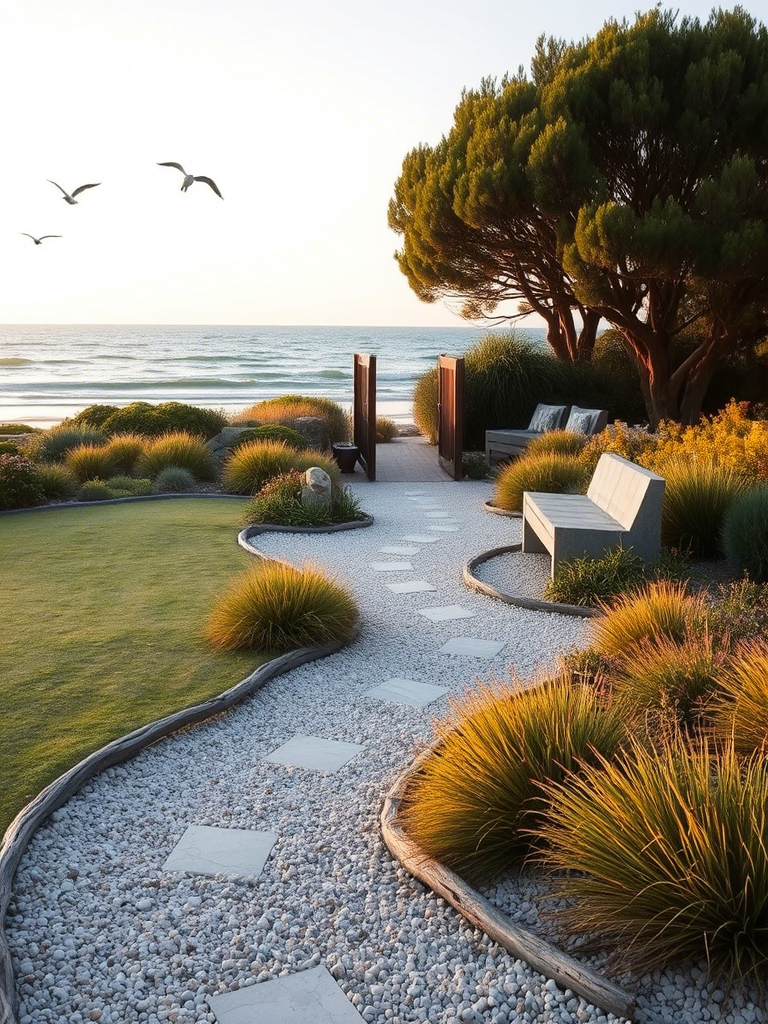
Salt air ruins everything—cars, fences, hairdos. But native plants? They thrive in it.
If you live anywhere near the sea (which is, let’s be honest, most of us), go coastal-native. Think coastal rosemary (Westringia fruticosa), pigface (Carpobrotus), and the ever-dramatic Leucophyta brownii — that silvery sphere of a shrub that looks like a moon plant.
You want texture. Movement. Plants that bend in the wind but don’t sulk.
Skip the lawn. Replace it with a crunchy gravel path. Add a weathered timber deck. Suddenly, you’ve got a coastal retreat where the breeze feels like a holiday.
3. Fire-Wise, But Still Fancy
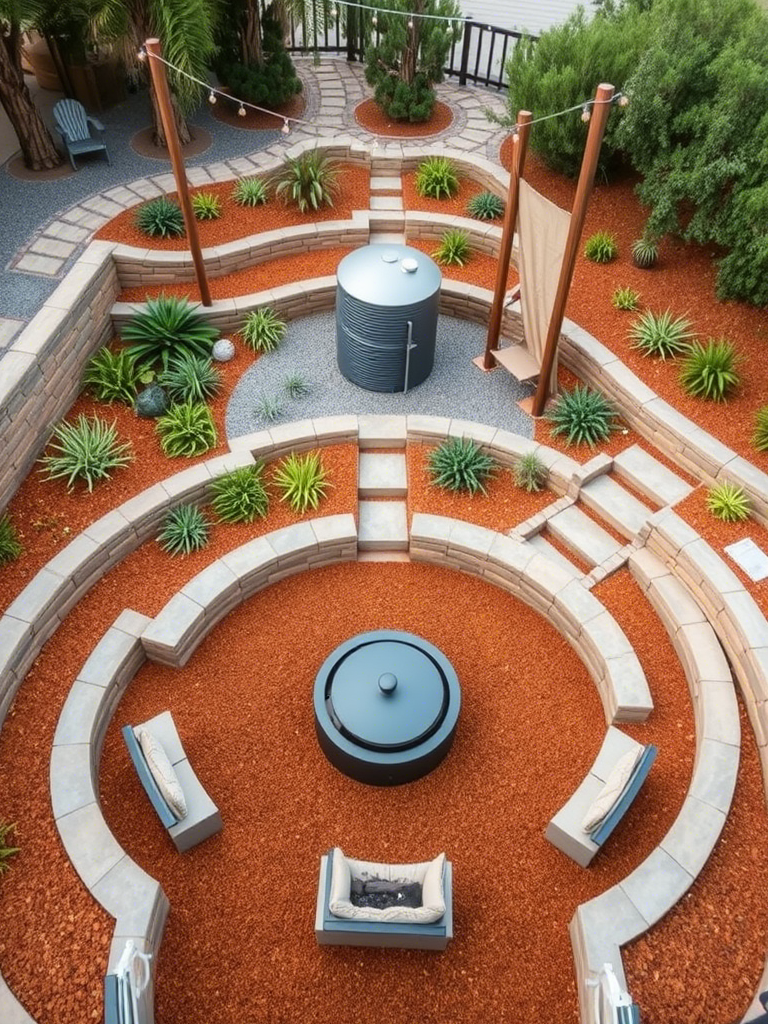
Australia burns. Sometimes too often. That doesn’t mean your garden has to look like a firebreak.
The key is smart planting. Use open-canopy natives like callistemons and grevilleas that don’t trap fuel underneath. Keep grasses like Themeda triandra trimmed, and don’t plant oily monsters like cypress too close to the house.
Stone walls, gravel mulches, and steel edging not only keep your home safer—they also look bloody good.
Mix utility with style. It’s possible. We do it every time we wear Blundstones to a wedding.
4. Suburban Native Jungle (The Cool Kind)
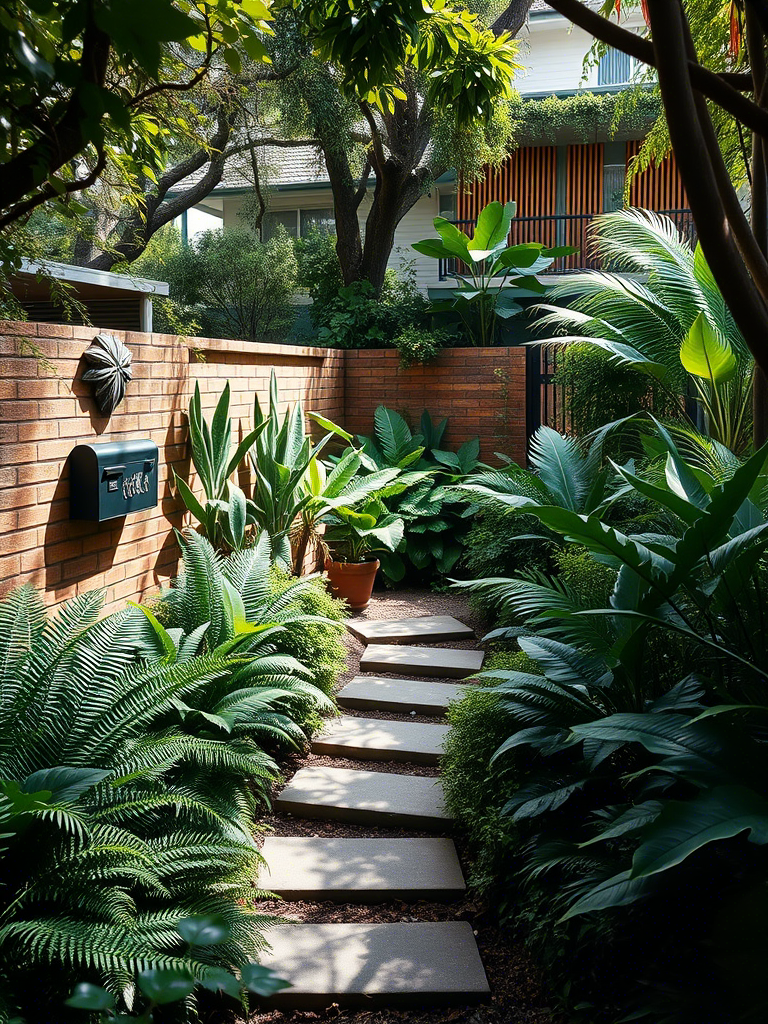
People think native gardens have to be dry, sparse, boring. Nah. Go lush.
You can create a dense, green oasis using natives like Dianella, Lomandra, native ferns, tree ferns (in the right microclimate), and layered Acacia cognata. Add an understory of sprawling Scaevola and bright kangaroo paws reaching up like they’ve got something to say.
The trick here? Overplant. Then edit. Then do nothing for six months. Then prune the heck out of it. Repeat.
You’re not mimicking nature. You’re joining it.
5. Courtyard Minimalism with a Bush Accent
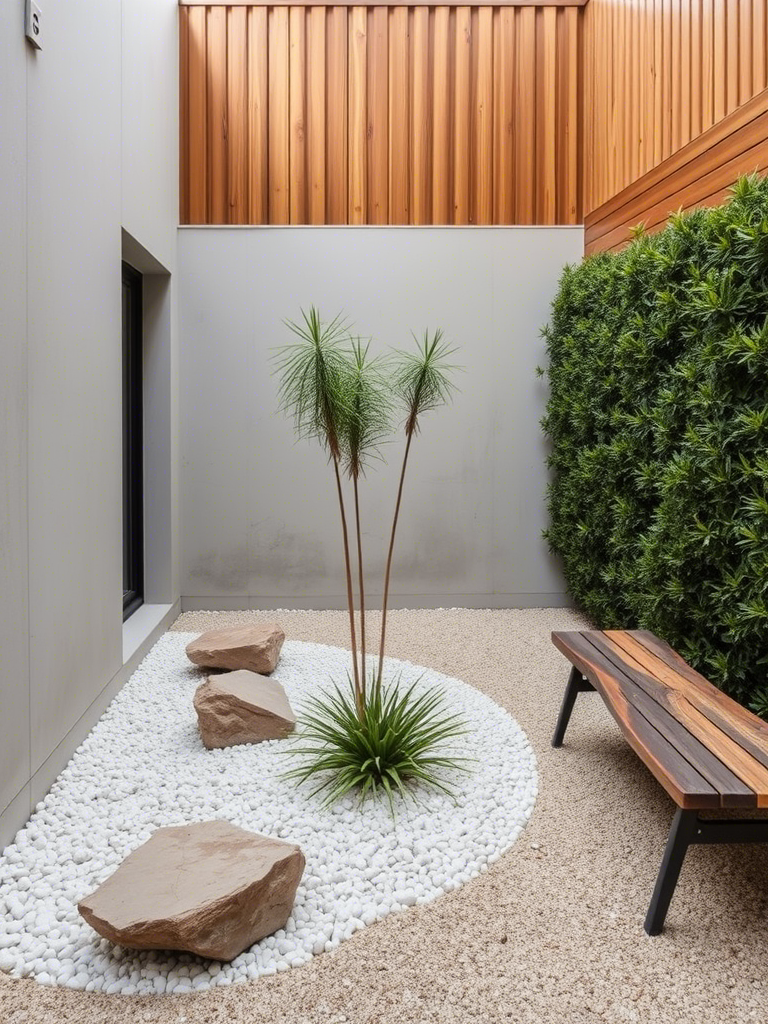
Small space? Don’t fight it. Shrink the palette, not the spirit.
A clean courtyard design with sandstone pavers, dark gravel, and just three or four hero plants can feel as bold as a whole bush block. Go for bold architectural natives: grass trees (Xanthorrhoea), banksias, or a single stunning waratah in a pot.
Add a corrugated metal water tank turned into a raised bed. Maybe a rusty steel fire pit.
Keep it tight. Keep it honest. Let the plants talk.
And they will. Loudly.
6. Rain Garden That Doesn’t Suck
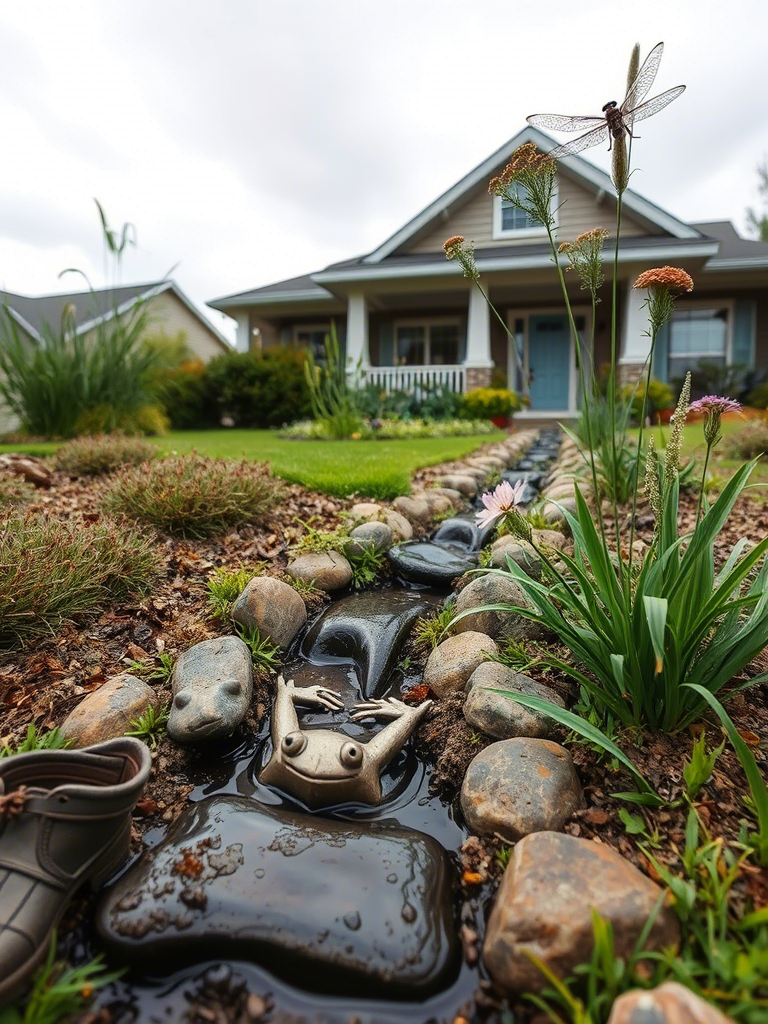
Rain gardens can be ugly. Engineers make them useful. Gardeners make them beautiful.
Native rushes, sedges, and moisture-loving plants like Juncus usitatus, Carex appressa, and Lobelia alata can turn a soggy problem into a verdant, frog-happy paradise.
Design it to capture runoff. Let water pool. Don’t try to hide it. Make it a feature. Add rocks that look like they were hurled there in a flood. Plant Goodenia ovata and watch it creep like it owns the joint.
Bonus: your local council will probably love you.
7. Desert-Inspired Without the Dust
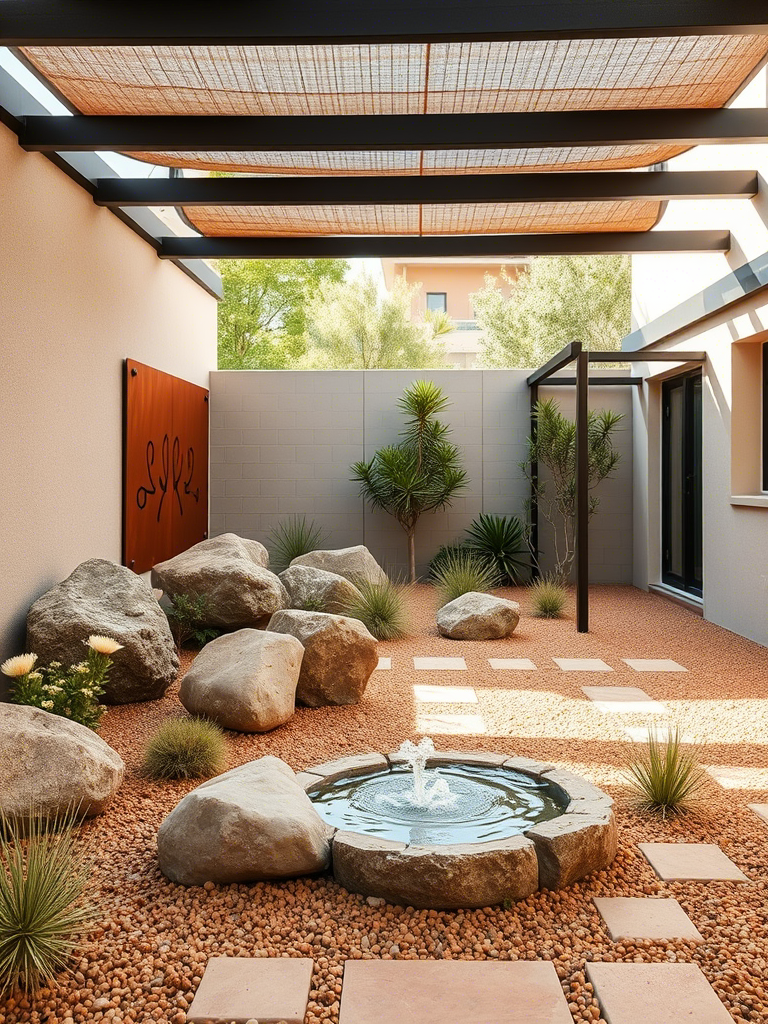
You don’t need red sand and fly nets to go outback style.
A dry garden using plants from arid regions—like Eremophila, Senna, and saltbush (Atriplex)—can bring that open-desert drama to even the burbs of Melbourne. And no, they won’t sulk in your winter.
Use crushed granite instead of mulch. Add a curved gabion wall, a rusty metal sculpture, or some charred timber posts standing upright like weird sentinels.
It’s a garden that says, “I’ve seen things.” And it wants you to ask about them.
8. Grassland Revival Without the Fire Ants
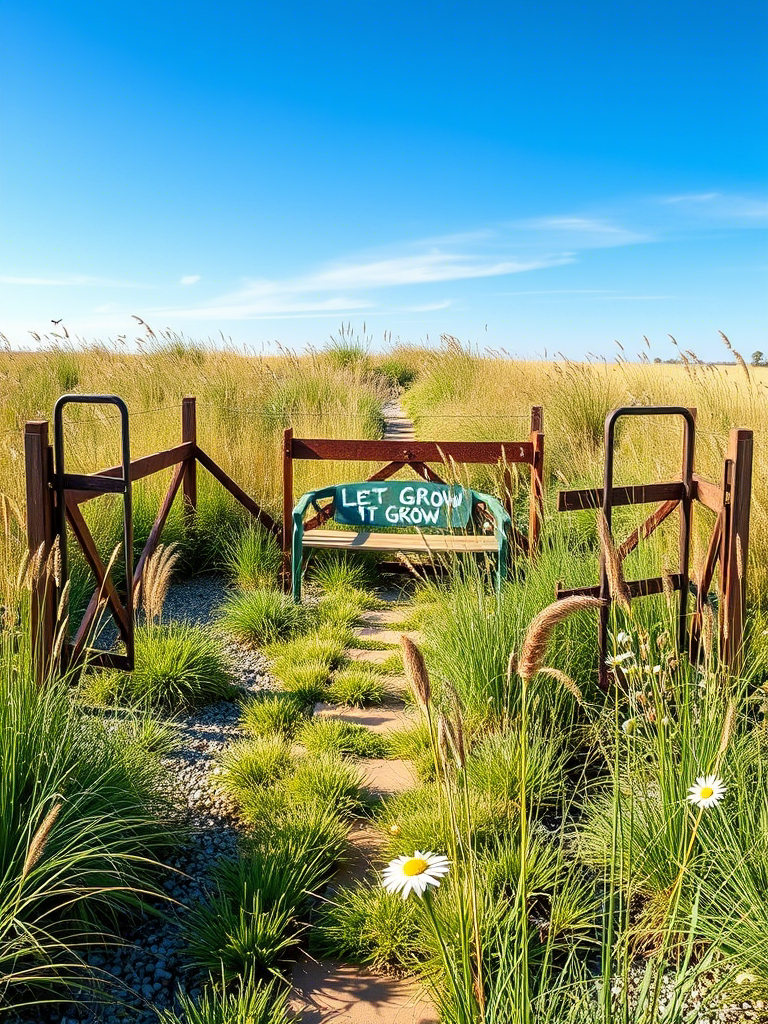
Our grasslands are criminally underappreciated. Which is wild, considering how drop-dead gorgeous they can be.
Try mixing tall, swaying natives like Themeda triandra (kangaroo grass), Poa labillardierei, and Austrostipa with bursts of Brachyscome, Chrysocephalum, and Xerochrysum. Golden, waving, soft. A breeze turns this into living fabric.
Low-maintenance? Mostly. But you’ve got to commit to controlled chaos. Let it go too wild, and your neighbours start calling it “that paddock next door.”
Don’t forget a mown path or a few stepping stones. You’re not building a farm. You’re making poetry.
9. Modern Native Design: Sharp Edges, Soft Plants
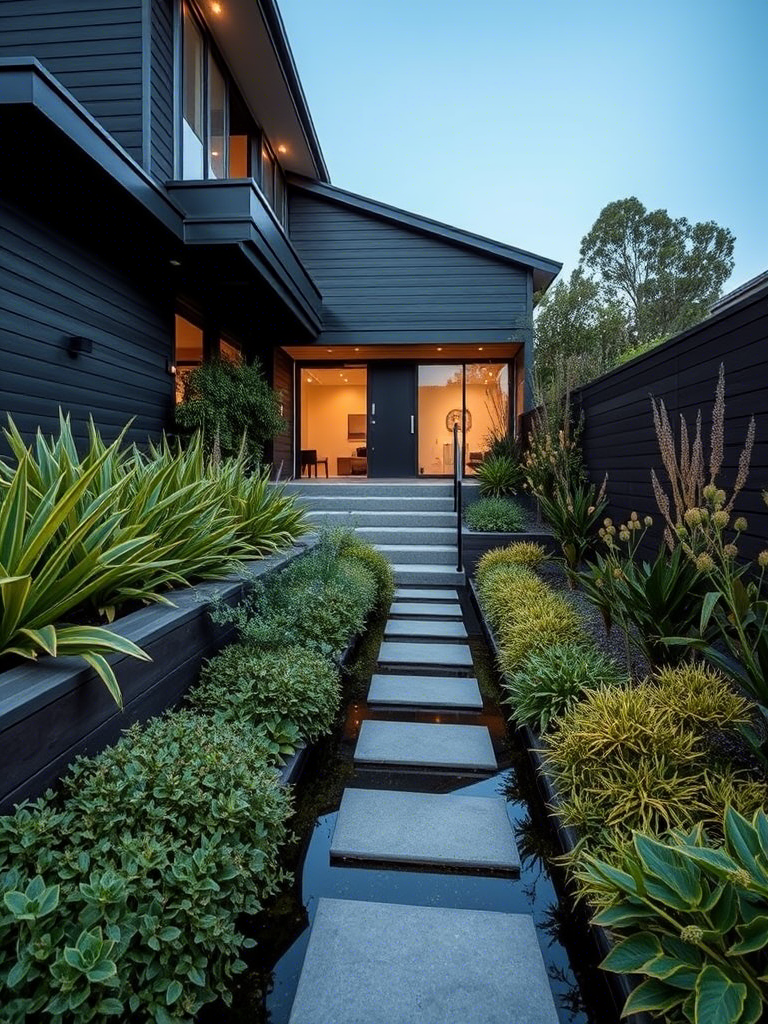
The modern native garden is less “bushwalk” and more “architect’s daydream.”
Picture clean concrete retaining walls, floating timber decks, and massed native plantings that look sculpted. Plant one species in a bold line: like 15 dwarf Callistemon ‘Little John’ in a row, sharp and moody.
Add uplighting. Use black-painted fences or vertical timber battens to frame things.
This is where function meets flair. You can still attract birds and bees… just in a very well-dressed way.
Don’t be afraid to go bold. Nature doesn’t whisper. It hollers.
10. The Backyard Habitat That’s More Zoo Than Zen
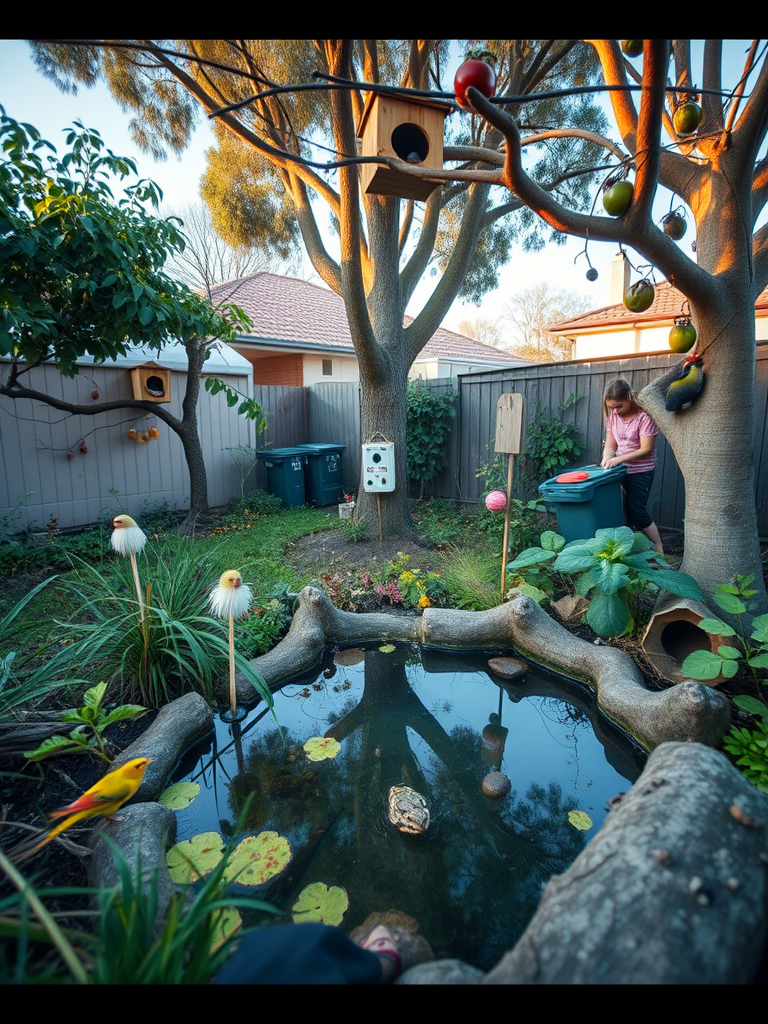
Let’s finish with a wild one. Literally.
Design your garden not for you—but for everyone else. Feathered, scaled, slithering.
Use dense thickets for hiding, flowering natives like Grevillea and Correa for food, and keep a shallow bowl of water near a shady patch. Add logs. Rock piles. Leaf litter. Yes, it’s a bit messy.
But it’s alive.
You’ll spot blue-tongues sunbathing. Honeyeaters arguing in the trees. Maybe a frog or three croaking just out of sight. And the kids? They’ll stop looking at screens because there’s a dragon in the backyard.
It’s not just gardening. It’s ecosystem-building.
11. Native Edible Garden With a Wild Twist
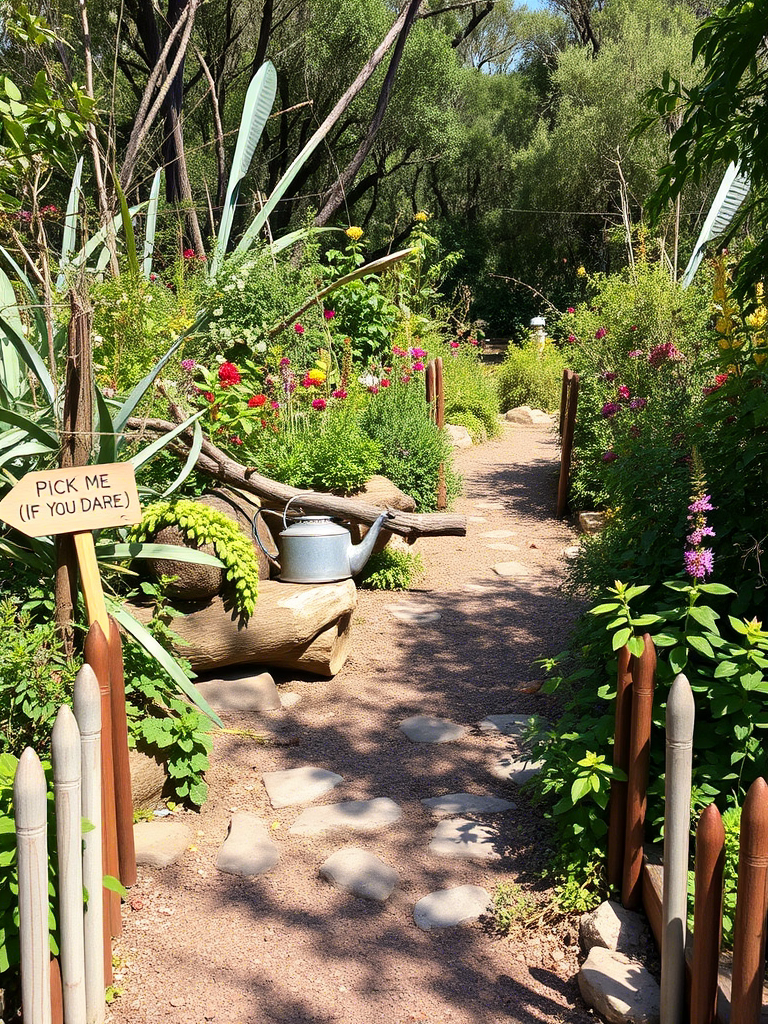
Want bush tucker in your backyard? Forget European herbs and go native gourmet.
Plant Finger limes, Lemon myrtle, Warrigal greens, and Muntries. These aren’t just edible—they’re exciting. Finger limes burst like citrus caviar. Warrigal greens? A spinach that said “nah” to frostbite.
You can even tuck in Saltbush near the fence—goes great with lamb.
Mix herbs with structure. Use raised stone beds or rusty metal troughs to keep it tidy. But don’t make it too tidy—let it feel foraged, alive, just a little unruly.
Then grab a handful of lemon myrtle, toss it in hot water, and sip tea from your own patch of Australia.
That’s native living. And lunch.
12. Native Rock Garden With Some Serious Attitude
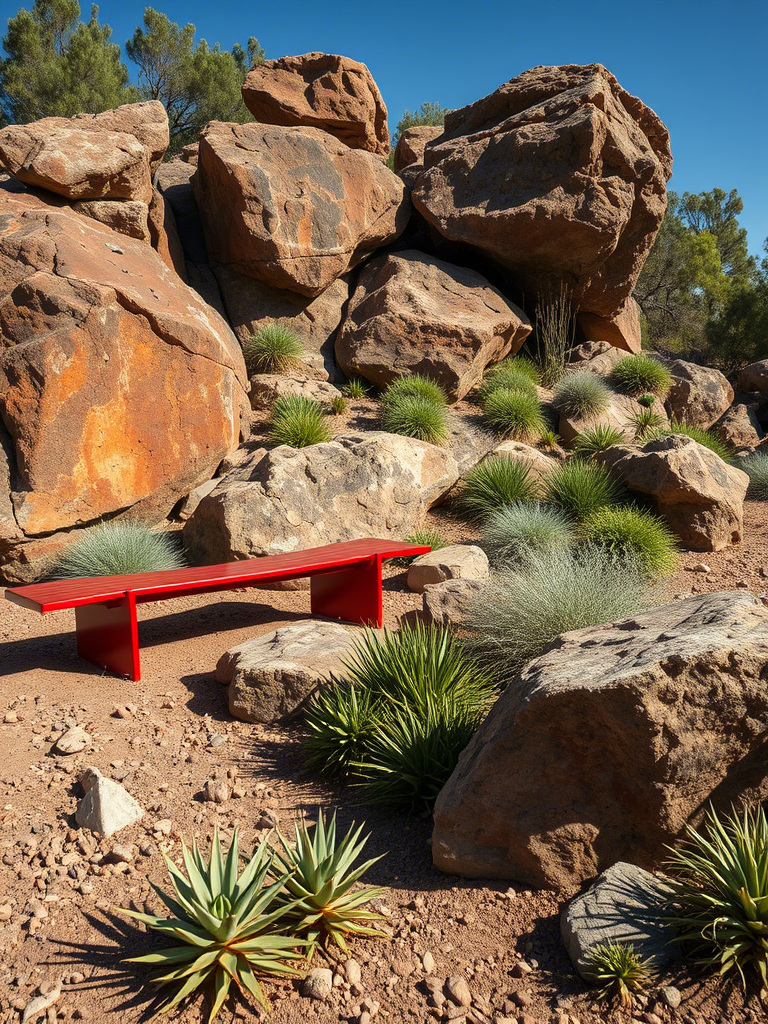
Rocks don’t move. Plants do.
Design a low, dramatic native rock garden using huge boulders, scoria, gravel paths, and crevices filled with Prostanthera, Eremophila, and tiny Banksia spinulosa. Add Kangaroo paws between slabs like exclamation marks.
Don’t be afraid of drama. Use negative space. Let the rocks lead. Curve around them like nature intended.
Some plants will cling to the edges like they’re scared of falling off the world. That’s the vibe.
And guess what? No lawn. Just grit, heat, and pure sculptural sass.
It’s a garden that whispers: “I was here before you.”
13. Wetland Rewilding (Yes, Even in the Suburbs)
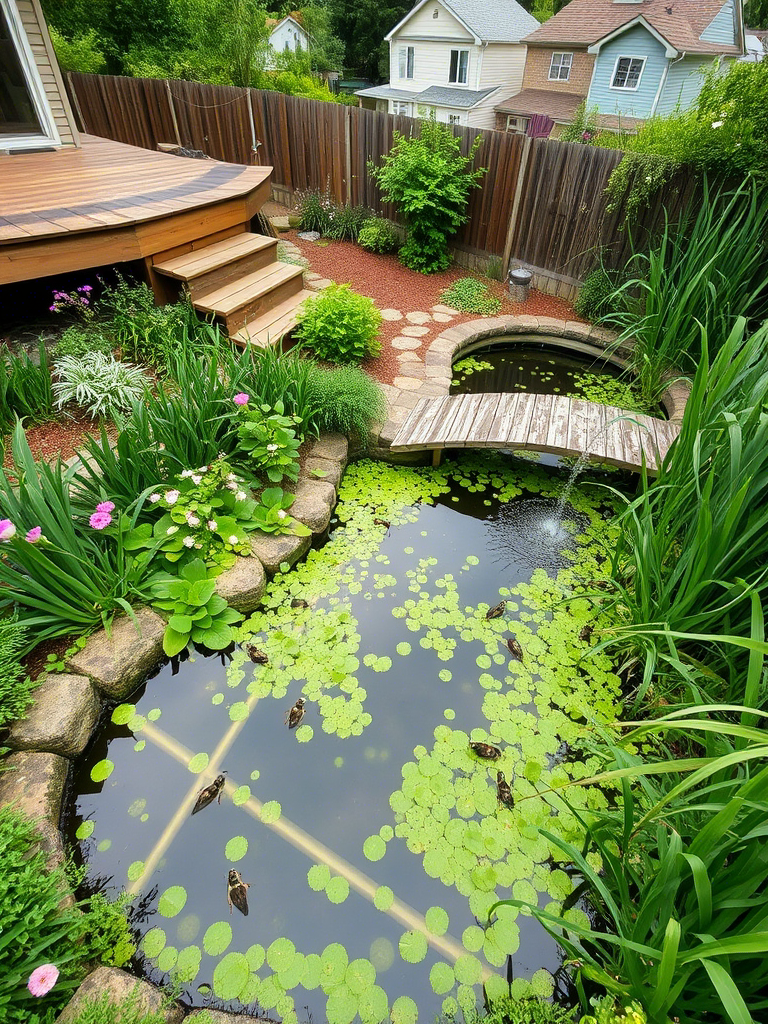
Got a boggy bit of backyard? Don’t drain it—honour it.
Turn it into a mini wetland with paperbarks, Lepidosperma, native rushes, and Nymphaea gigantea (yep, we have native water lilies and they’re glorious). Toss in a stepping stone path or raised boardwalk so you can wander through barefoot like some sort of suburban swamp god.
Frogs will move in. So will dragonflies. Maybe even a turtle if you’re patient (and lucky).
It’s not neat. It’s not symmetrical. But it pulses with life.
The neighbours won’t get it. That’s okay. It’s not for them.
14. Rooftop Native Garden That Owns the Skyline
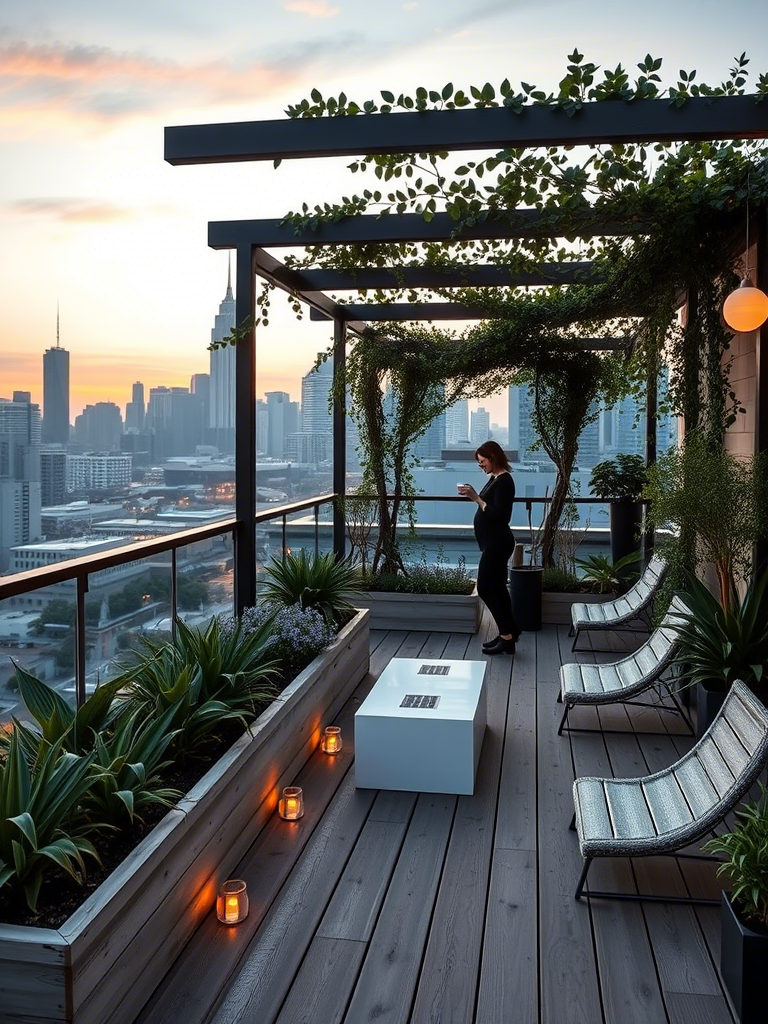
Concrete jungle above your head? Turn that roof into a native haven.
Use lightweight, shallow-rooted plants like Correa, Dianella, Pigface, and dwarf Grevilleas. Build raised planters from corrugated iron or recycled timber.
Add crushed sandstone paths, solar lights, maybe a salvaged bench seat. And a view? Yeah. You’ve got one now.
The real trick is matching microclimate to plant. That roof gets hot—so pick sun-hardened legends that can take it.
And yes, birds will find you. Even five stories up.
Native rooftop gardens: because concrete doesn’t have to win.
15. Vertical Green Wall with Native Starlets

Think natives can’t climb walls? Think again.
Create a vertical garden using mesh panels or modular systems filled with cascading and clinging native plants—Hardenbergia, Kennedia, Native violets, even small Grevilleas that spill instead of stand.
Mix in textures. Some grey foliage, some glossy. You want that wild, tangled romance.
Frame it with recycled timber or black steel. Light it up at night. Make it a living painting.
Bonus points if it hides an ugly shed wall or makes the side of your house look like a secret jungle.
16. Native Shade Garden That Hugs You
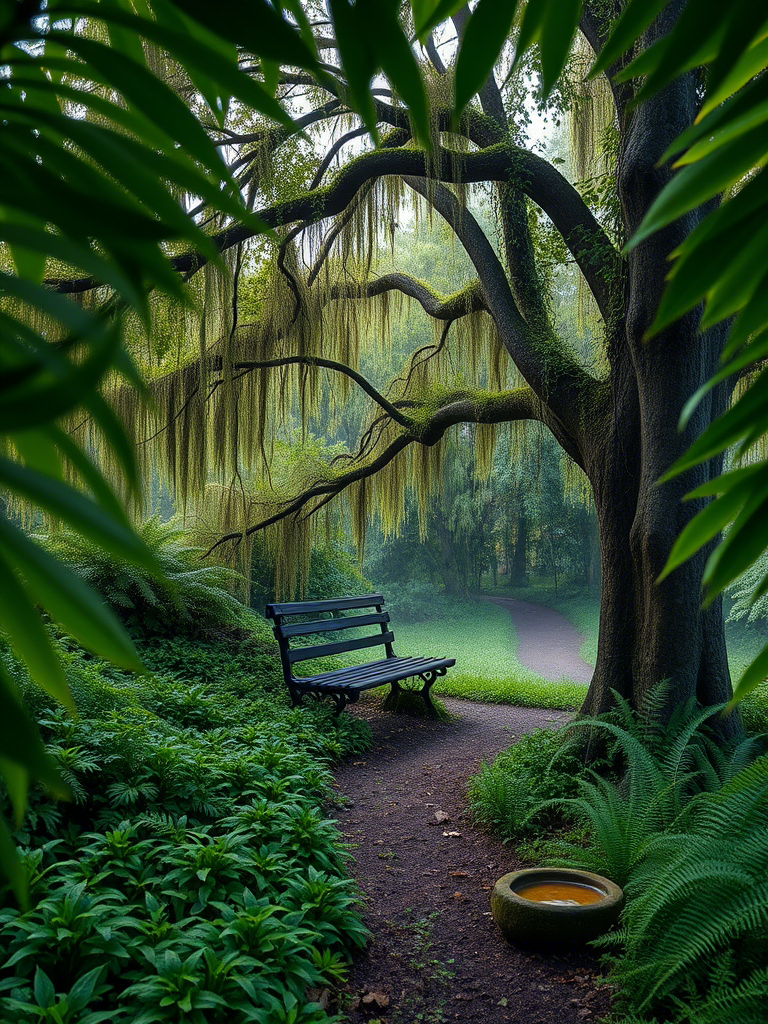
Shade doesn’t have to mean boring.
Create a quiet, soft native garden under tree canopies or near southern walls using Blechnum ferns, Native ginger (Alpinia caerulea), Omalanthus, and the odd Bird’s nest fern if the frost doesn’t bite too hard.
Use bark mulch and stepping pavers. Add a low bench. This is your forest nook, your secret nap zone.
You’ll want to walk barefoot here. Or curl up with a book and forget what year it is.
A native shade garden doesn’t show off. It soothes.
17. Native Kids’ Garden That Gets Messy
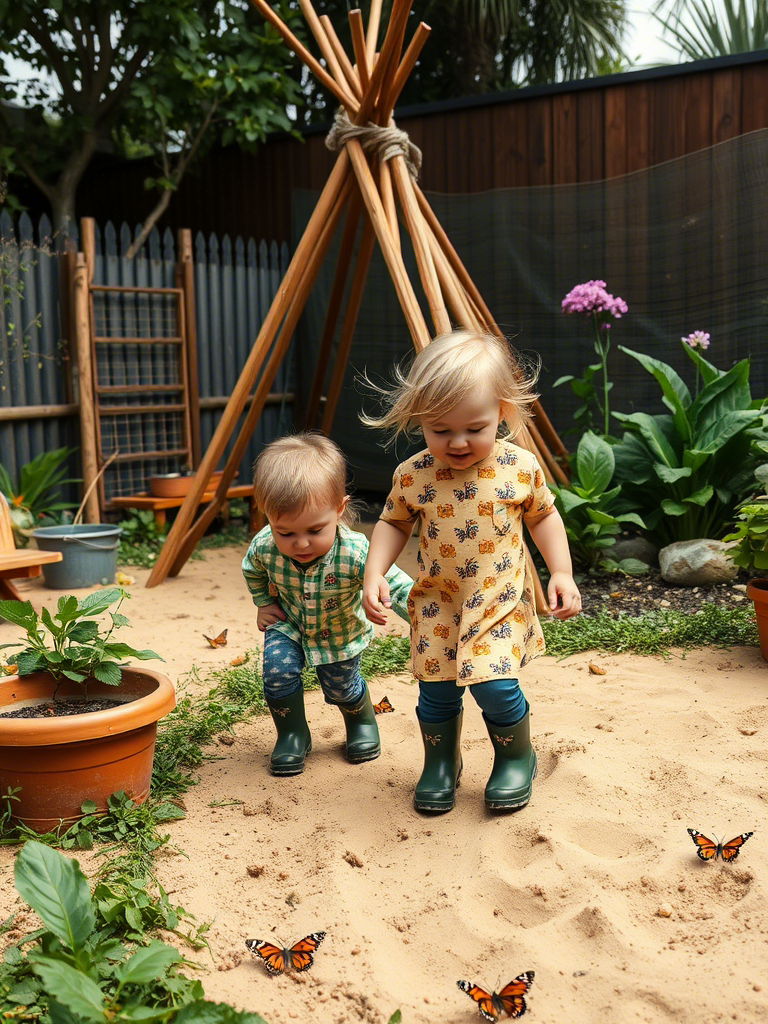
Want to keep kids outside without bribing them? Make them a wild native playscape.
Use sturdy, sensory natives like Grevillea ‘Superb’, Banksia integrifolia, Lilly pilly, and Paper daisies. Include logs to climb, stepping rocks, tunnels made from bent branches, and a patch of dirt that’s just dirt.
Add a bird bath, maybe a frog hotel. Teach them which leaves smell like lemon (Backhousia citriodora) and which ones are scratchy. Let them dig.
Forget plastic playsets. Nature already has better stuff.
It’s messy. And magical.
18. Native Japanese Fusion Garden (Yes, You Can)
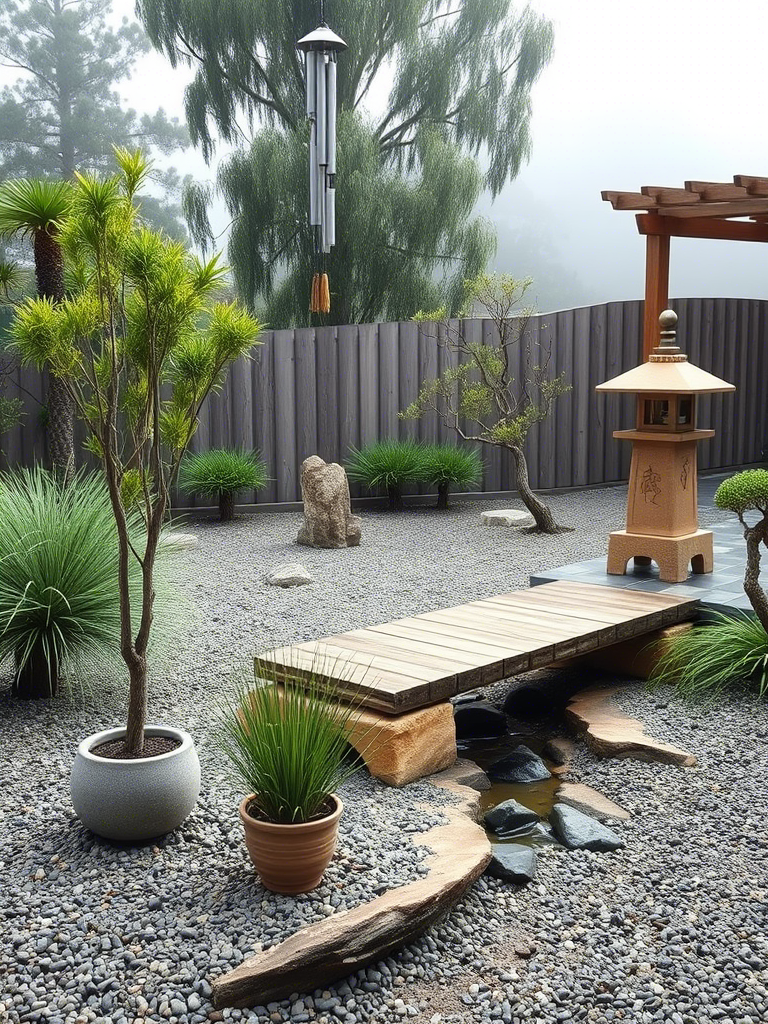
Who says zen gardens have to be Japanese maples and moss?
Steal the structure—raked gravel, boulders, still water—but fill it with Australian plants. Try sculptural grass trees, fine-leafed Acacia cognata, soft Casuarina foliage, and Lomandra in neat tufts.
Use timber elements—bridges, gates, screens—and a still black bowl of water to reflect the sky.
Add a path you have to walk slowly on.
It’s not cultural appropriation. It’s cultural conversation. And it’s beautiful.
19. Native Wildflower Meadow That Feels Like a Dream
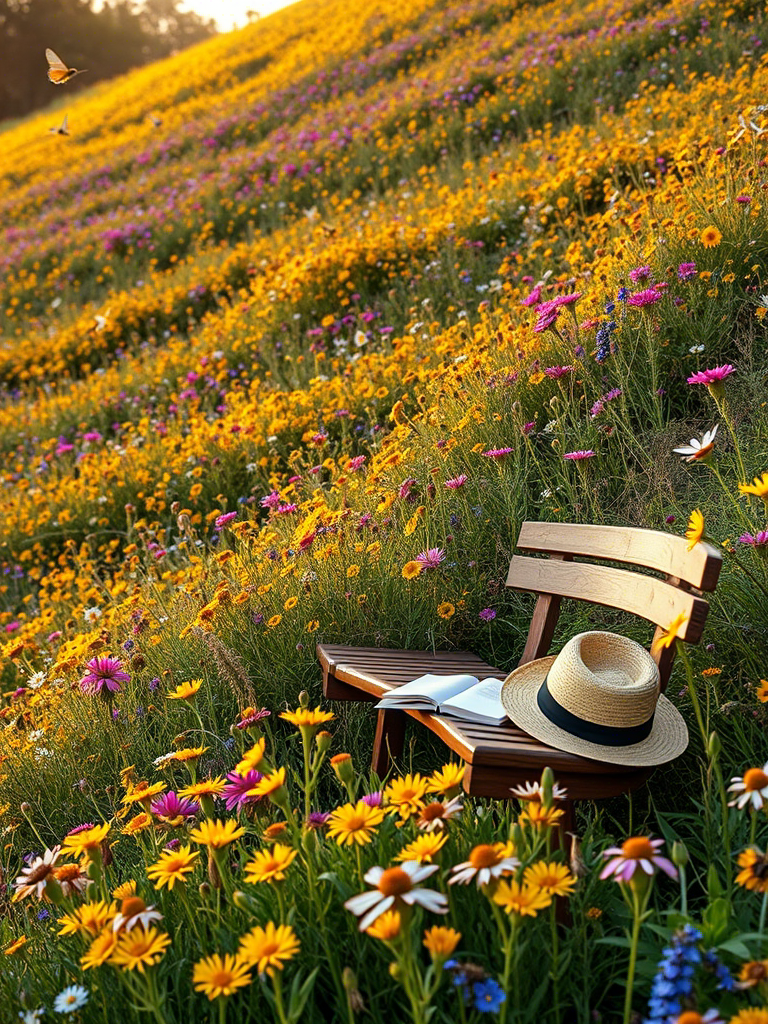
We don’t have rolling English wildflowers. But we’ve got something better.
Design a loose, fluttering native meadow using Chrysocephalum, Bracteantha, Stylidium, Brachyscome, and Patersonia. Toss in some grasses, maybe a few Hibbertia vines sneaking through the mix.
Sow it loose. Let it evolve. Don’t expect perfection. Expect butterflies.
This is gardening with your hands off the wheel. And yeah—it works.
Sometimes weeds sneak in. Don’t panic. That’s part of the look.
20. Native Nocturnal Garden (For Creatures of the Night)

Night gardens aren’t about colour. They’re about glow.
Design a native garden that comes alive after dark. Use silver-leafed plants like Leucophyta brownii, pale-flowering Scaevola, Moonlight grevilleas, and light-bouncing grasses.
Add solar path lights, soft uplighting under a Snow gum, and a water bowl for bats and owls.
Throw in a few scented night bloomers like Eucalyptus caesia and lemon myrtle. When the breeze hits, you’ll smell it before you see it.
Then sit back. Listen. Things happen at night in a native garden. Good things.
But maybe keep your shoes on.
A Few Dirty Truths About Native Gardens
Let’s not sugarcoat it. Native gardens aren’t “set and forget.” Anyone who tells you they are probably hasn’t met a wattle that decided to die just for the drama.
You still weed. You still mulch. You still need to prune—hard, sometimes.
But there’s a rhythm to it. Native gardens ask you to be present. To learn the language of leaf drop, of seasonal change. To notice.
And when a spinebill flits through your front yard or a banksia candle glows orange in the late sun, you’ll get it. Why all of it matters.
Not All Natives Are Equal
One last thing. Just because it’s native doesn’t mean it belongs.
Australia’s big. Plants from WA might not like your soggy east coast garden. Some natives are downright invasive outside their zones (cough Cootamundra wattle cough).
Do your homework. Visit a local native nursery. Talk to someone who knows their acacias from their elbow.
Go hyper-local. Plant the stuff that should be there.
Because when you do, everything just… fits. Birds return. Soil improves. Balance happens.
So… What’s the Point of It All?
This isn’t just about making your yard look good. It’s about identity. Connection. Respect.
Native gardens aren’t just gardens. They’re conversations with Country. They’re a slow nod to the land that’s been whispering its stories long before we showed up with secateurs and garden gnomes.
Celebrate that.
Let your garden be a song that sounds like home.
And if a few weeds sneak in?
Let ’em. They’re probably just trying to join the band.

Emma is a passionate home decor enthusiast and the voice behind Home Evoke. With a keen eye for design and a love for transforming spaces, she shares her expertise and creative ideas to help others create beautiful, functional homes. Through her blog, Emma inspires readers with practical tips, trend insights, and DIY projects that make home styling effortless and enjoyable.

